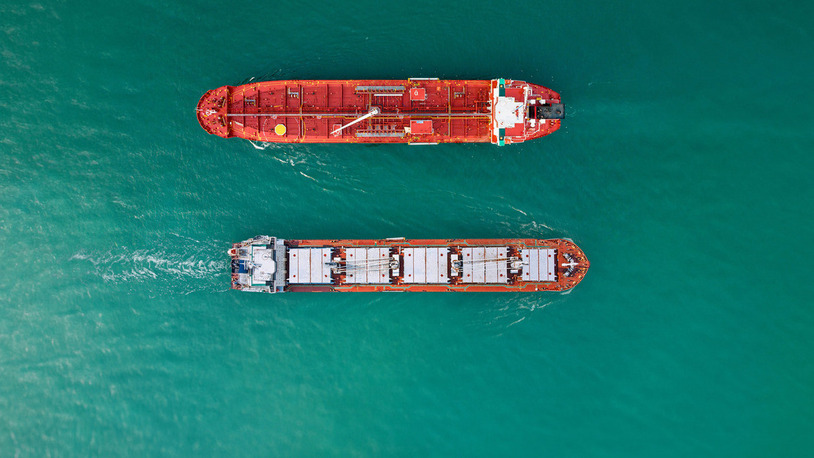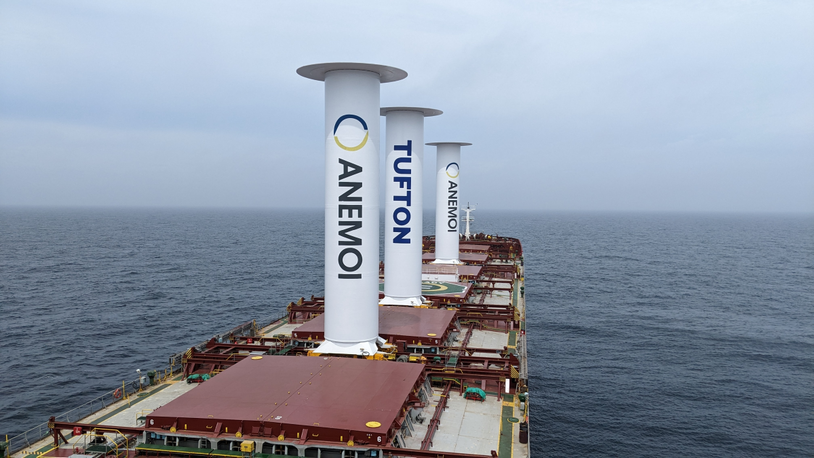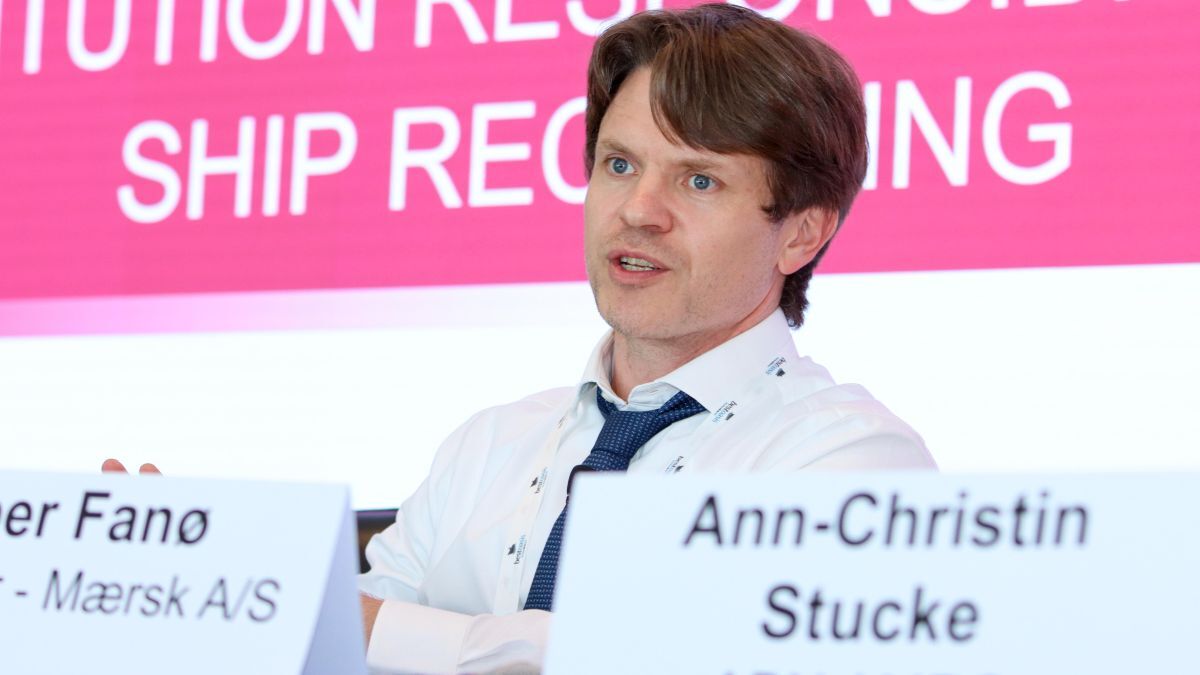Business Sectors
Contents
Daewoo continues to win orders for Okpo shipyard
Despite the problems being encountered by many far eastern shipbuilders, Daewoo Shipbuilding & Marine Engineering of South Korea (DSME) remains successful in selling capacity in its Okpo shipyard. In recent months it has announced the booking of further new orders, including patrol corvettes, LNG carriers and specialist offshore vessels. DSME marine products also include oil tankers, car carriers, various military craft and container ships.
The Okpo Shipyard itself covers an area of over 4 million m2 and boasts a range of drydock facilities, including its latest which, at 85m wide and 432m long, is one of the world’s largest examples of its kind. The dock is capable of accommodating the build of the latest generation of large container ships and is currently in use for the construction of the new Triple-E class vessels for Maersk Line. These newbuilds, at 59m in beam, are approximately 4m wider than E-class Emma Maersk, previously the largest container vessel, and 3m longer at some 400m.
The first order placed with DSME for these ships was in 2011 and the total contract award now stands at US$3.8 billion for the building of 20 vessels. July 2013 saw the first of these, the Mærsk McKinney Møller, enter service and it has since been followed by the delivery of 12 further vessels up to the end of 2014. Propulsive power for the ships is supplied by twin 32,000kW two-stroke diesel engines, delivering a design speed of 19 knots. With continued pressure for reduction of both emission and costs, this reduced speed rating, combined with higher load capacity, will provide Maersk with substantial benefits in both respects.
Although the new vessels are a milestone for the Okpo shipyard, the facility has a strong history of development since its inception in 1973, then part of the Korea Shipbuilding and Engineering Corporation. In 1978. the yard was acquired by the Daewoo Shipbuilding and Heavy Machinery Company (DSHM) and further construction work was continued with Dock 2 being completed in 1983. During the 1990s the yard consolidated its business position and began posting profits, also proving itself capable of constructing specialist vessels such as Korea's first tactical submarine. It has since expanded its capabilities to produce further military craft and large LNG carriers.
In common with other far east shipyards, however, recent years have presented major economic challenges, with reductions in global shipbuilding demand and increasing competition from Chinese yards. DSME has therefore looked towards opportunities for specialist offshore vessel construction, a field in which it has proved itself a successful contender, with its 2013 order book showing a high proportion of its order backlog in this sector. Trends in this direction continue with examples of launches in 2014, including four rigs being built for mid-water drilling duties for Norwegian company Songa Offshore. These Category D semi-submersible rigs are designed for operation in water depths of up to 500m and particularly for harsh environments such as those encountered in the Norwegian continental shelf.
Today, the Okpo shipyard operates an efficient process flow for the design, construction and commissioning of large vessels. The first phase of construction preparation is the computer-controlled cutting of steel plates which are then moved to the continuous flow fabrication shops for welding into modular ‘blocks’. 30 to 40 of these can be produced daily, each weighing as much as 300 tonnes. Following fitting of larger internal components such as pipework, these blocks are then moved through the painting process before erection in one of the yard’s drydock facilities.
The DSME facilities are among the largest in the world and, in addition to four other floating docks, it has equipped its No 1 and No 2 docks with cranes rated at 900 tonnes. The yard has been highly productive and in May 2014, celebrated the milestone of 200 contract batches being launched from Dock 2, with the successful completion of drillship hull No. 3619. This dock its first launch in 1984. Original dimensions were 349m in length and 81m wide, with a depth of 13.5m deep. In 2000, productivity was increased when the modular block fabrication approach was introduced, and sea cranes used to lift large modules into place, thus speeding build times. Another milestone for the dock was the building of an 8,400 teu container ship in 2006. In 2008 DSME took the decision to extend the facility further, with the dock length increased to 539m and the original 450 tonne crane being replaced with a 900 tonne unit.
During its 30 years in operation to May 2014, the dock has been used to build 121 container ships, 64 bulk carriers, 49 roro vessels, 33 crude oil carriers, 25 product carriers, eight LPG carriers, three passenger ships and 16 specialist offshore vessels. MP
Related to this Story
IMO’s net-zero plan poised to pressure ageing fleet with rising costs
Events
TUGTECHNOLOGY '25
Reefer container market outlook: Trade disruption, demand shifts & the role of technology
Asia Maritime & Offshore Webinar Week 2025
Marine Lubricants Webinar Week 2025
© 2024 Riviera Maritime Media Ltd.













